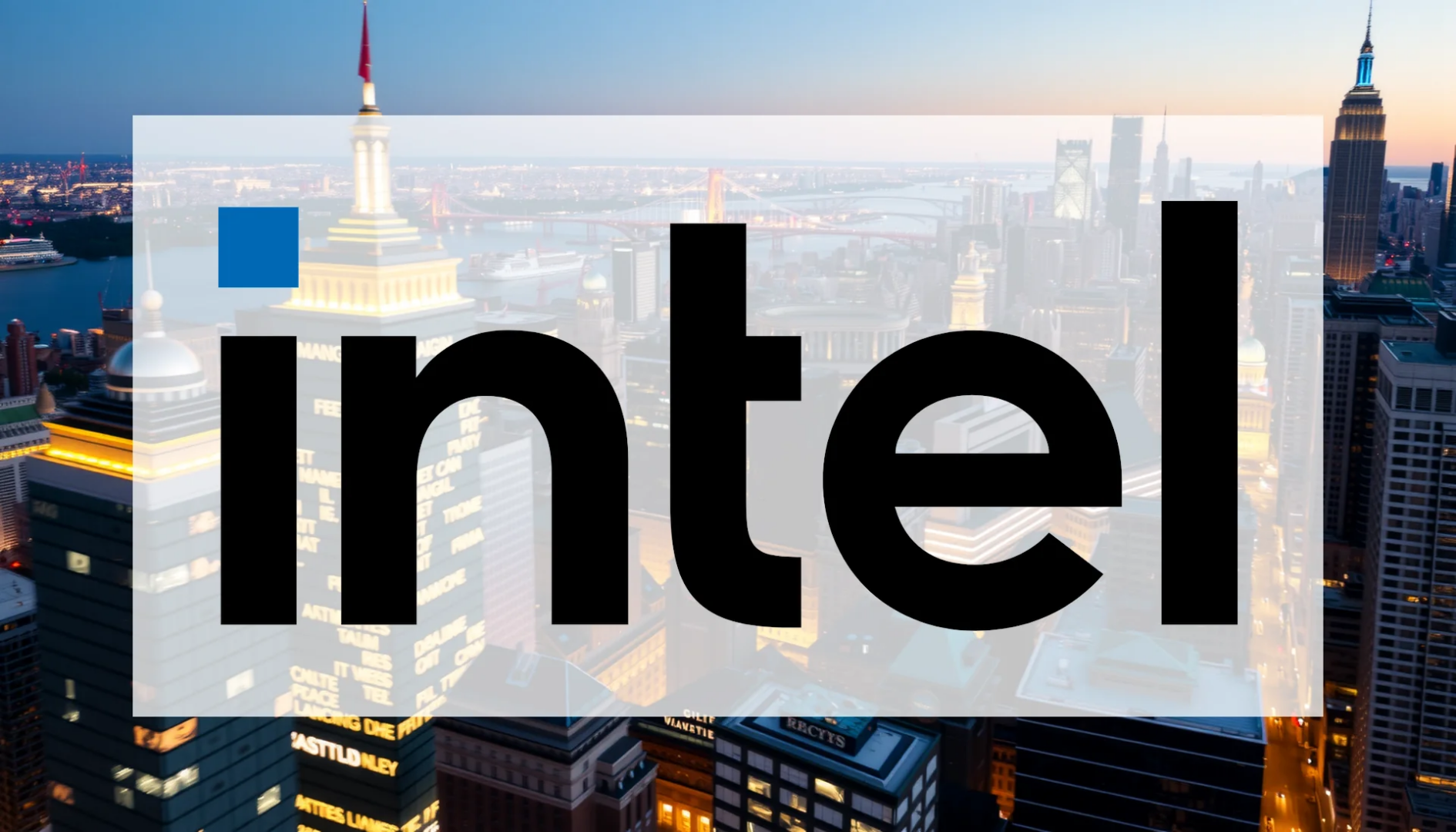Intel is making an aggressive push to reclaim its position in the semiconductor industry, with artificial intelligence serving as the cornerstone of its revitalization strategy. The technology giant is preparing to challenge dominant players Nvidia and AMD with its forthcoming “Crescent Island” data center chip, specifically engineered for AI inference workloads in real-time applications.
Manufacturing Technology as Competitive Foundation
The company’s comeback bid rests heavily on its advanced “Intel 18A” manufacturing process, which promises superior performance per watt and higher density. This technological foundation supports multiple product lines, including “Panther Lake” processors for AI-enabled PCs and “Clearwater Forest” server chips. Mass production of Panther Lake components is scheduled to commence before year-end, representing a critical milestone in Intel’s broader strategic timeline.
Competitive Pressures in the AI Chip Market
Intel faces significant challenges in catching up to established competitors who have built substantial leads in the AI accelerator sector. The Crescent Island chip, positioned as a more cost-effective and energy-efficient alternative for data center operations, follows the company’s earlier “Gaudi” chips that failed to gain significant market traction. Customer samples of the new chip are expected to become available during the second half of 2026, setting up a race against time for Intel to establish relevance in this rapidly evolving market segment.
Should investors sell immediately? Or is it worth buying Intel?
Diverging Views Among Financial Analysts
Market sentiment toward Intel’s prospects appears divided. While the company’s shares have demonstrated impressive performance since July, bolstered by substantial investment agreements with Nvidia, SoftBank, and the U.S. government, financial institutions are expressing caution.
HSBC recently downgraded Intel from “Hold” to “Reduce,” suggesting the stock’s appreciation reflects short-term deal momentum rather than fundamental operational improvements. Similarly, Bank of America adjusted its rating to “Underperform” on October 13, reflecting skepticism about the company’s ability to execute its ambitious plans effectively. The prevailing analyst consensus currently sits at “Hold,” indicating widespread uncertainty about Intel’s strategic direction.
The upcoming quarterly results, scheduled for release on October 23, will provide crucial insight into whether Intel’s AI-focused turnaround strategy is gaining tangible traction or if recent stock gains represent temporary optimism in the face of formidable competitive challenges.
Ad
Intel Stock: Buy or Sell?! New Intel Analysis from December 3 delivers the answer:
The latest Intel figures speak for themselves: Urgent action needed for Intel investors. Is it worth buying or should you sell? Find out what to do now in the current free analysis from December 3.
Intel: Buy or sell? Read more here...










